At first glance, the soil seems fundamental to the world’s ecosystems. In reality, it is highly complex and can be drastically affected by outside forces. Soil can be an incredible ecosystem that allows numerous species to thrive when taken care of, but when it is neglected and abused, it can become quite the opposite.
Hence, maintaining healthy soil fertility is one of modern agronomy’s biggest challenges. Soil health is a complex issue, and addressing it requires various techniques.

For those asking how do conservation tillage practices in agriculture benefit the soil, here are some modern technologies that can help maintain soil nutrient levels effectively.
6 Modern Technologies To Maintain Soil Nutrient Levels
1. Laser Land Leveling
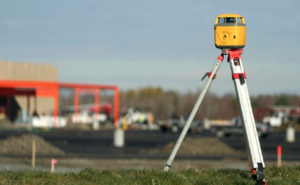
Laser land leveling can be defined one of the advanced tech trends of leveling the land surface without disturbing any existing vegetation or crops. The laser beam used for this purpose has high precision and accuracy, making it easy to carry out this process. Laser land leveling uses a laser to raise or lower the ground level of an area. This is done by directing powerful beams at the ground and causing it to rise or fall.
The main objective behind using these lasers is to restore the lost nutrients from the soil by improving their structure and texture. This technology has been widely used worldwide, where farmers need help increasing their productivity levels.
The process of laser land leveling can also help increase or decrease the level of the ground in a specific area. This helps maintain soil nutrient levels by increasing or decreasing the water draining through the soil.
Laser land leveling can also be used for other purposes, such as creating flat areas for construction business owners or leveling large areas for farming.
2. Precision Farming
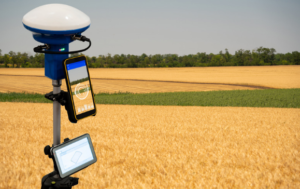
Precision farming is a technique that uses GPS and other technology to analyze soil characteristics and crop growth. It involves high technology, such as Global Positioning Systems (GPS), geographic information systems (GIS), remote sensing and Geographic Information System (GIS) mapping, satellite imagery, and aerial photography.
The goal of PA is to increase crop yields while reducing the environmental impact. Using the data collected, scientists can determine how much fertilizer each area of land needs. The technology also helps farmers improve water use efficiency and reduce crop loss caused by weeds or pests.
It also can help farmers understand how their practices affect the nutrients in their soil. For example, it may be possible to determine whether fertilizers are being applied at the right time or in the right amounts. This can help farmers avoid over-fertilizing their fields or wasting money on unnecessary applications.
3. Soil Fertility Maps
Soil fertility maps are created using satellite imagery and other data collection methods, like soil sampling and aerial photos—the maps show which farmland areas have low or high levels of nutrients, like nitrogen or phosphorus. Farmers can use this information to decide where to apply fertilizer more efficiently.
For example, if an area has low nitrogen levels but high phosphorus levels, farmers can apply more phosphorus fertilizer than nitrogen in that spot. This saves free money, since farmers don’t need to buy as much nitrogen fertilizer as they would if they used satellite imagery alone.
4. Nutrient Management
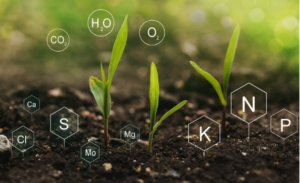
The term “nutrient management” describes the practices used to supply plant nutrients and maintain soil nutrient levels. This practice is necessary because plants cannot absorb nutrients through their roots when they are present in excessive amounts.
For example, if you have soil with a PH of 5.5, nitrogen will not be absorbed by your plants. It will be necessary to amend your soil with lime or other materials to increase the PH level so your plants can absorb the nitrogen, explaining why soil testing is so crucial.
Types Of Soil Testing
Soil tests come in two main types: organic and inorganic. Organic testing provides information about carbon and nitrogen levels in your soil, while inorganic testing gives information about phosphorus, potassium, and calcium levels. It is easy and inexpensive to perform these tests.
Hence, nutrients are needed in specific amounts for healthy plant growth. Overapplication of nitrogen can leave the soil unbalanced and cause nutrient deficiencies in subsequent crops. To avoid this problem, farmers use several strategies to maintain soil nutrient levels:
- Testing for soil pH and acidity
- Adding lime or sulphur to adjust pH levels
- Adding organic matter (e.g., compost) increases organic matter and improves soil structure.
- Using cover crops to increase organic matter content and help control weeds.
5. Nitrogen-fixing Technology
Nitrogen-fixing technology is a method of maintaining soil nutrient levels by adding nitrogen-fixing bacteria to the fields. Nitrogen-fixing bacteria convert nitrogen in the air into ammonia, which is then converted into ammonium and nitrate. Nitrogen-fixing bacteria have been used for centuries to grow crops. They can be found naturally in soils and compost piles or added to the soil by applying compost or legumes like peas and beans.
The process of introducing these organisms is called inoculation, and there are two ways to do that:
- Inoculation with seedlings: When growing crops from seed, water, or tray culture, growers will often inoculate their seeds with nitrogen-fixing bacteria before planting them in the field or greenhouse. This ensures that the plants get off to an early start with good root development and nutrient uptake.
- Inoculation with transplants: For transplants that have already been planted in the ground, growers can inoculate them with nitrogen-fixing bacteria by spraying them with a solution containing these organisms. This method gives plants an additional boost of nutrients just when they need it most – after transplanting out of their pot!
6. Soil Supplements
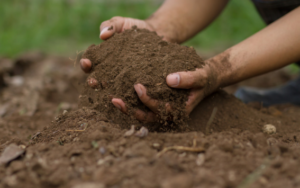
Soil supplements are organic or inorganic materials added to the soil to increase its fertility, structure, and physical properties. They can also be used to correct deficiencies in the ground.
Soil supplements are usually added to soil as a powder, granular material, or liquid. The most common soil supplements are compost, manure, peat moss, rock powders, and lime.
Soil supplements work best when they’re added regularly over an entire season rather than just once at the beginning of a growing season. This helps prevent plants from burning out by giving them access to more nutrients over time, so plants don’t have to compete for limited resources.
Conclusion
Scientists and farmers worldwide have been seeking alternative ways to maintain soil nutrient levels, reduce pollution, and harness the power of natural processes for sustainability. With all of these different technologies available, it is easier than ever to help farmers maintain nutrient levels in their soil while at the same time increasing crop yields and reducing chemical runoff.



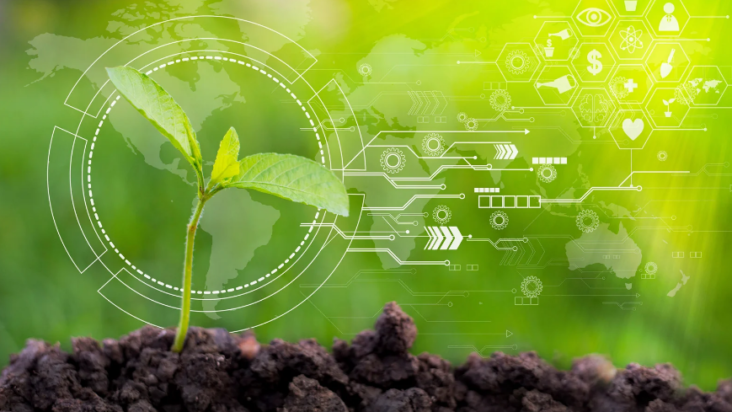




GIPHY App Key not set. Please check settings